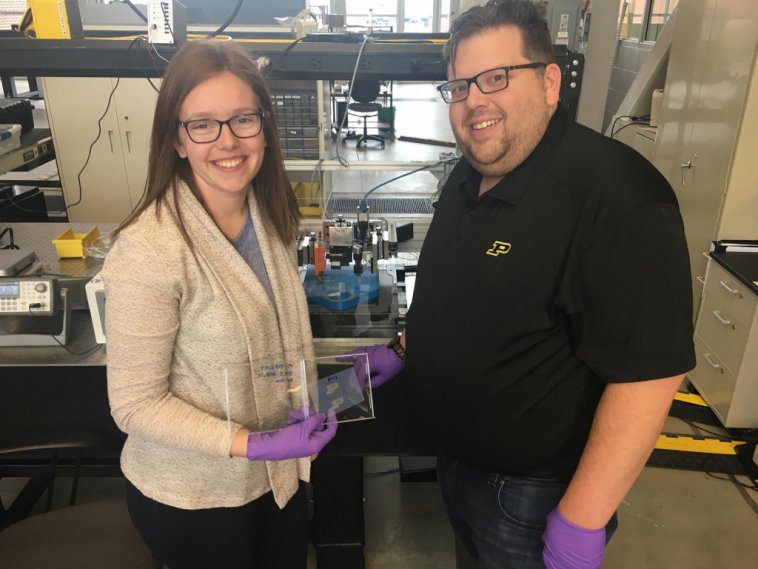Researchers from Purdue University have developed an inkjet-inspired 3D printing technique that offers a more precise and safer way to deposit energetic materials.
Energetic materials within micromechanics is a growing field, particularly when it comes to applications within micro-propulsion systems. Energetic materials require careful handling and the precise deposition of such materials. However, traditional methods such as electrophoresis have often failed in controlling the spatial properties and volume of the deposited material.
Now, a team of researchers at Purdue University have developed a new 3D printing technique that deposits micro-scale amounts of energetic materials. Similar to an inkjet printer, droplets of ink are combined to produce the material, select nanomaterials were deposited using a piezoelectric inkjet printer.
According to Allison Murray, a PhD in Mechanical Engineering, who developed the printer, the system fuses energetic materials together with additive manufacturing. Devices such as airbags tend to incorporate small amounts of energetic materials such as propellants. However, smaller devices generally require these materials on the micro-scale.
Researchers with inkjet printed sample (Image: Purdue University)
Researchers Embed Energetic Materials into Inkjet 3D Printing Process
Jeff Rhoads, Professor of Mechanical Engineering and a principal investigator on the project, explains:
“Our solution is to combine two components as we’re printing them. We can have a fuel and an oxidizer in two separate suspensions, which are largely inert. Then with this custom inkjet printer, we can deposit the two in a specific overlapping pattern, combining them on a substrate to form nanothermite.”
He adds that getting the correct droplet volume and pattern was one of the core challenges on the project. Now, the nozzle can move within 0.1 micron precision – a thousandth the width of the human hair.
Such two-part reactive printing allows for the mixture and storage of energetic materials. This renders the process safer and also adds to the overall shelf stability. For the future, the team says that a technique for bulk characterization of samples could be explored. In addition, the size of the deposits made could be further adjusted.
Now published in the Journal of Applied Physics, the proof of concept work was carried out by 10 researchers and four faculty members from different departments at Purdue.
“It’s a defining feature of Purdue that professors from such different backgrounds can work together on a project like this,” Rhoads concludes. “We can combine all of our experiences to collaborate on technologies that weren’t previously realizable.”
Source: Purdue University
Website: LINK





